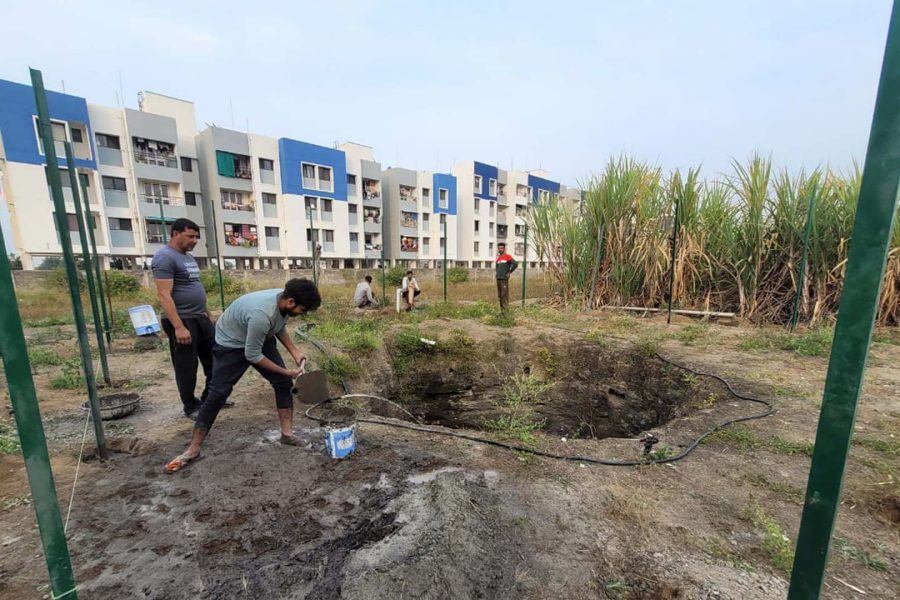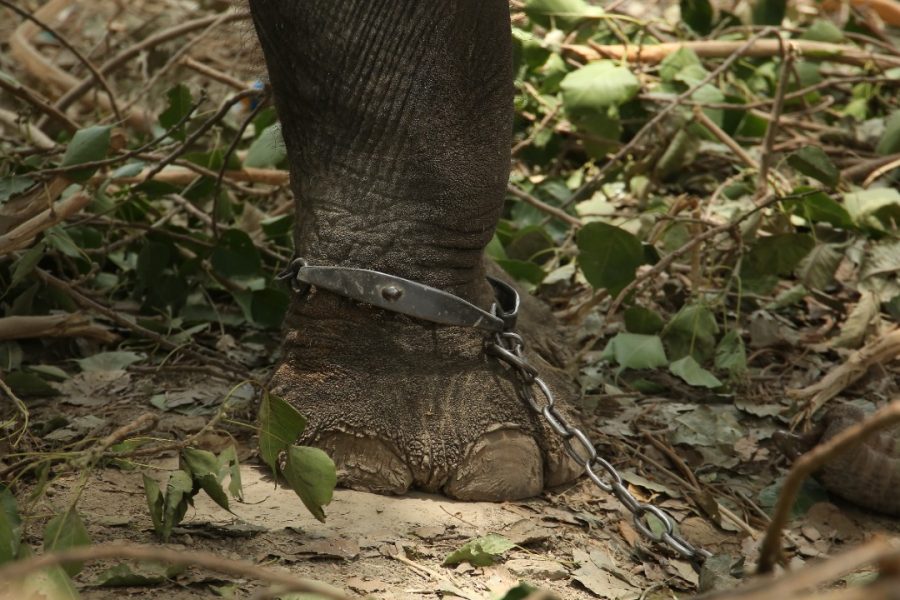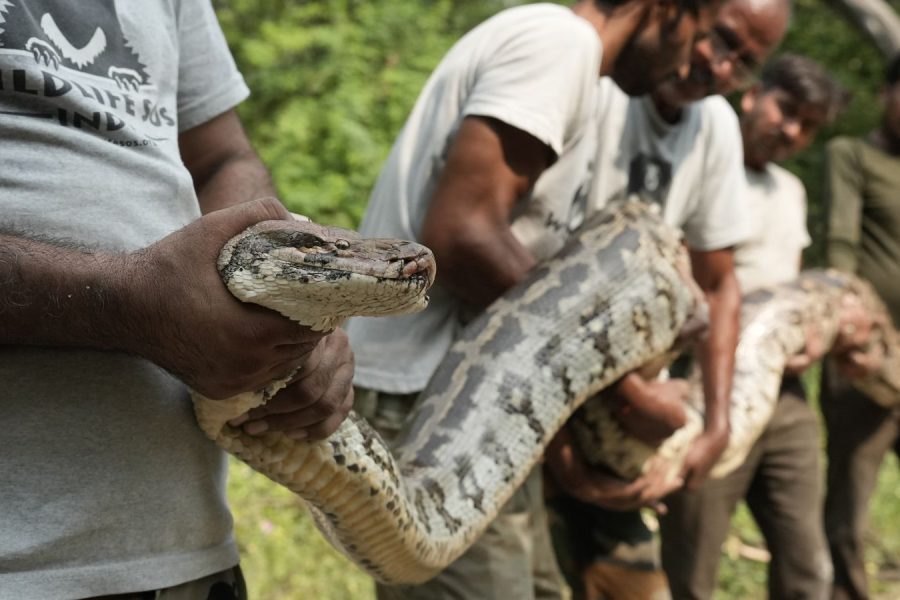As tensions flared between two adult male leopards near Bhatkalwadi village in Ottur, Maharashtra, a territorial feud broke open resulting in a rather unfortunate situation. In the course of their scuffle, the two felines fell into an uncovered 50-foot deep well and found themselves on the verge of drowning. On hearing their distressed roars, the locals of the village woke up in shock and instantly reached out to the Forest Department. Owing to the past successful rescues carried out by the team at Manikdoh Leopard Rescue Centre, the Forest Department in turn contacted our team for help.
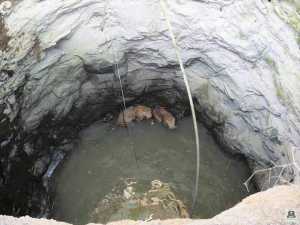
Leopards are solitary and nocturnal animals that have home ranges from which they do not tend to stray. Varying from approximately 30 kilometers to 78 kilometers, the home range of a male leopard depends on the habitat. Research suggests that while the ranges of a male leopard and a female leopard can overlap, two male leopard’s home ranges have never been seen to overlap. They often mark their territory with feces, urine and cheek-rubbing on trees. They also leave scrape markings on the ground, trees or logs, to communicate to other leopards passing through their territory and claim their acquisition.
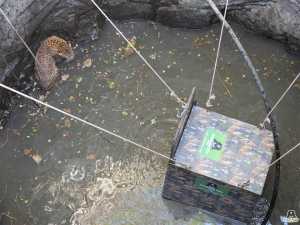
While the Wildlife SOS team drove nearly 50-kilometeres to reach the location, a team of forest officers rushed to the village to assess the situation. As the protocol demands, the safety of both the public and the animal needs to be maintained in such rescue operations to evade any further mishaps or accidents. Drained from their struggle to stay afloat and desperate to stay alive, the leopards in what could be construed as sort of a temporary alliance were found huddled on an elevated ledge. Time and patience, however, were running out quickly and the team had to quickly roll out a plan of action.
Once the team arrived at the scene, they carefully extricated the distressed felines one after the other, with the help of trap cages. Meanwhile, the Forest Department managed the crowd of curious onlookers that were milling about around the well. Following a three-hour long rescue operation, the leopards were safely transported to the Manikdoh Leopard Rescue Centre for a medical examination.
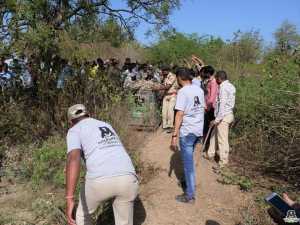
Senior Veterinary Officer at the Manikdoh Leopard Rescue Centre, Dr. Ajay Deshmukh carried out the medical assessment which revealed that the leopards had not sustained any internal injuries from the fall, but they did bear superficial wounds from their earlier face-off. They were both exhausted and in severe shock because of the ordeal.
Several instances of leopards falling into wells have been reported over the last few years in Maharashtra and several others in states like Madhya Pradesh, Karnataka and Assam. Such cases have been increasing in the recent years and the main reason behind this appears to be the lack of proper covers and fencing around these wells. Uncovered wells pose a hazard not only to animals, but also to human beings, particularly children. Wildlife SOS’ Manikdoh Leopard Rescue Centre in Junnar, Maharashtra, on an average rescues two to three leopards caught in conflict situations or trapped in wells monthly. This is a challenging task and leopards are at fatal risk of drowning if not rescued in time or sustaining injuries that can make them unfit to live in the wild.
We are extremely grateful to the Forest Department for placing their faith in us and making this rescue a success. The collective efforts of the teams have in the past led to many such joint operations to mitigate man-leopard conflict in the region and helping wild animals in distress.
Watch the exclusive video of these leopards being extricated from the well by Wildlife SOS team here.

